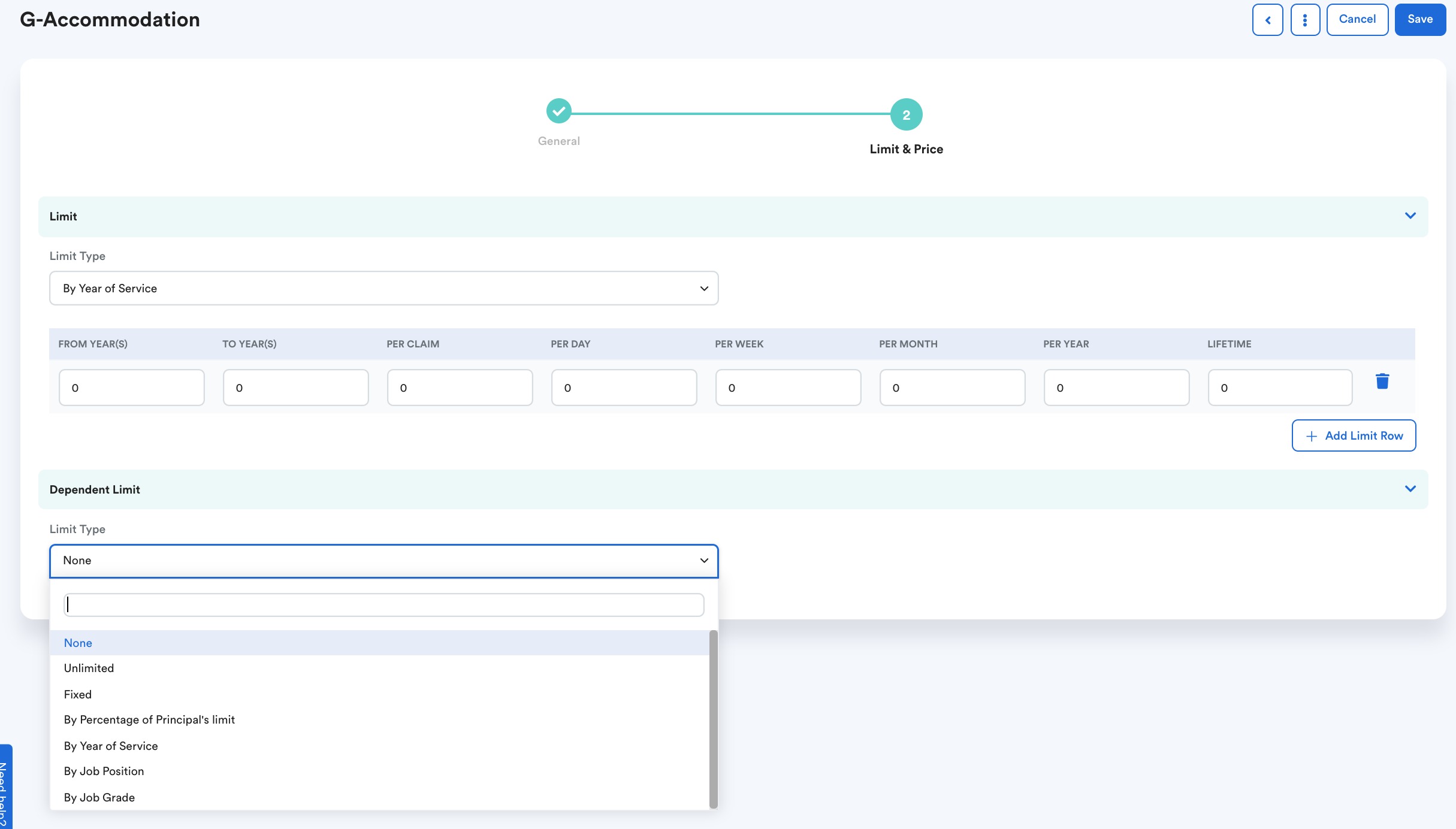Step 1
On your homepage, go to your left menu, click on your Settings and go to Claim, then scroll down to click Claim Item.
Step 2
You will see a list of claim categories you have made on the left, please refer to the following article if you haven't created any claim categories yet, refer to Setting up Claim Category.
Then on the right, you will see a list of your existing claim items.
Click on the category you want to add a new claim item to and then press the Add New button on the top right corner of your page.
Step 3
You will then be led to this page, where you have to fill in your claim item name and label (a).

(b) Payment method: If you choose cash then it will not show up in the employee payslip.
(c) If you choose payroll, you must choose a payroll item to enable this claim item to reflect on the employee's payslip. Please refer to Processing Claim in Payroll Run for more information.
Important: if you did not link to any payroll item, the payslip will not be able to show claim item data.
(d) After that, you choose if this claim is claimable based on an amount of money or in units (eg. Kilometres). This is most common when it comes to mileage and travel claims. Please refer to Creating Mileage Claim for more information.
(e) The next box you will fill up will be the GL Code. Just press the drop-down options to select one, or you can also refer to this guide to set up a GL Code if you haven't yet. Linking GL Code to Claim Item
Step 4
You are done filling up the first half of the page, now it's time to fill up the employee self-service policy in the second half for when your employees request a claim.
(a) Cost Center: You can decide if this is optional in this claim request and if the requestor can edit cost center during the request.
(b) Follow profile cost center: If you "tick" this checkbox, this claim item will follow your profile cost center. If you do not tick, you can add your cost center in the section below.

For example, you could put 20% for Company A to give claim allocation to their employees, while Company B pays the other 50% and Company C pays the rest of 30%.
To set up your cost centers, please refer to Can I use the same cost center for an employee who paid by multiple companies? for more information.
(c) Claim Amount Limit (%) : If you toggle this on, "amount include Tax" will be disabled during the request to disallow requestor from editing.
The requested amount is calculated based on % set in the amount limit multiplied by the Receipt Amount. So, the requester needs to fill in "Receipt Amount".
For example, if you set 50%, the "Receipt Amount" is 100, then the "amount includes Tax" will be 50.
(d) Exchange Rate: If you toggle on "Exchange Rate". You will see "Receipt Amount" and "Exchange Rate" appear on "Custom Questions". Remember to make this "is Required". 
During requesting, requestor needs to fill in receipt amount and exchange rate in order to get "Amount inc Tax". Without key in "Exchange rate", will get a Zero "Amount inc Tax".

Then you can fill in the custom fields that you can make mandatory for your employees to fill in before they apply for a claim request.
You can choose if they are required or not by clicking the blue button on the right side of your screen.
To set up your custom fields in this claim request, please refer to Creating Custom Field for Claim Request for more information.

Step 5
You are now done with the first column, now you can proceed to "Limit & Price" by clicking on it on the top half of the page as shown below. I will explain each category briefly down below.

Firstly, you can choose what is your limit for claim entitlement.
For example, you can choose the Limit Type by Year of Service, and then you can set the days/weeks/months/years it will take for your entitlement to refresh.

Then, you can set the dependent unit by referring to this in-depth guide explaining how dependent claims work.
When a Dependent Limit is enabled, the system generates an additional claim item or limit because it does not share the same limit as the main claim category. Employees will also need to select the Dependent claim item to ensure the deduction is applied to the correct limit.
If you would like to remove this setting, you may change the Dependent Limit option to "None".

We hope this explanation clarifies the matter. If you require additional assistance, do not hesitate to contact our support team.
Was this article helpful?
That’s Great!
Thank you for your feedback
Sorry! We couldn't be helpful
Thank you for your feedback
Feedback sent
We appreciate your effort and will try to fix the article